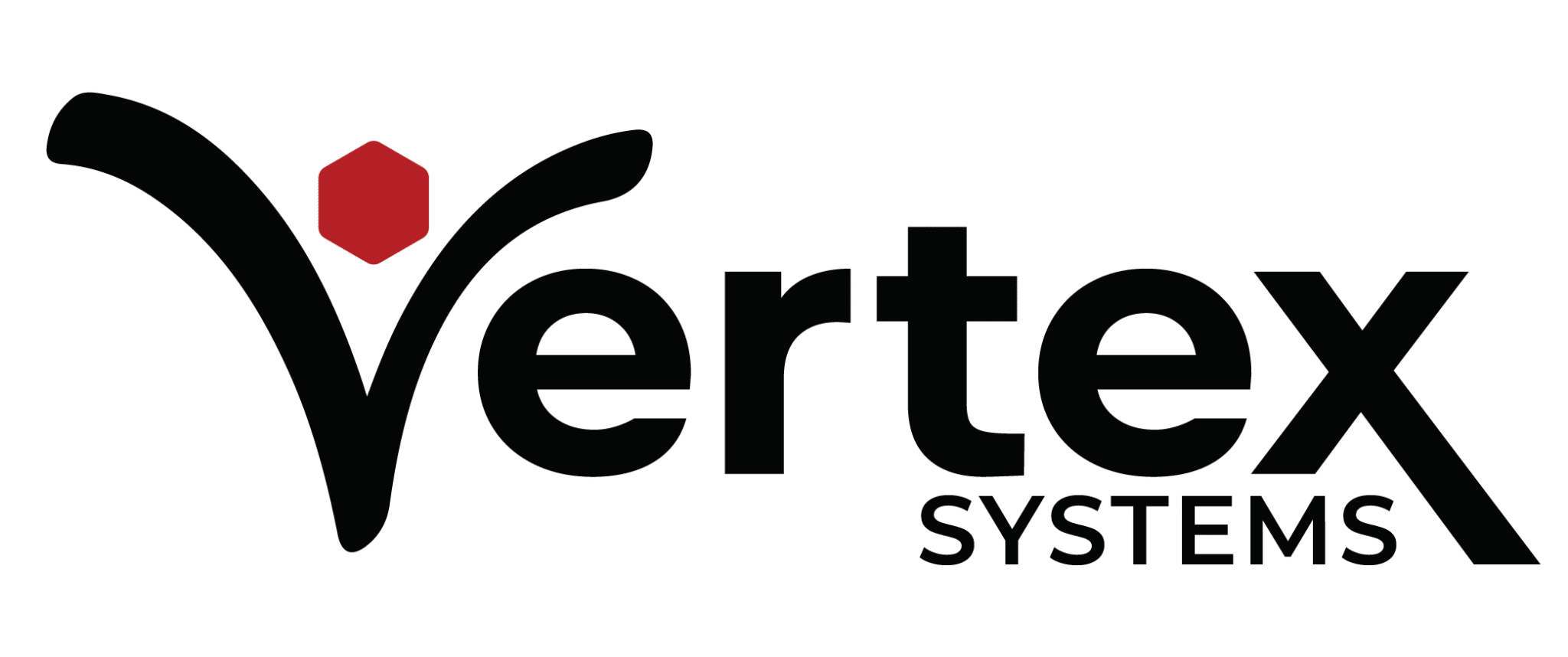IDD agencies have a new ally in Vertex Systems’ Case Manager. Vertex’s intuitive tools offer everything agencies need to continue rendering their services successfully. In the last two blogs, we discussed adding locations and programs, as well as everything that goes along with adding new users to Case Manager. In the third and final part of this 3-part blog post, we will discuss the user-friendly process of creating services and navigating EVV in case manager. Keep reading for more helpful tips on how to make the most of Case Manager.
Creating Services in Case Manager
Many find that creating services in Case Manager is an easy process as this task can be completed with just a few clicks of the mouse. To start, however, it’s important to understand that the services you render represent the billable time you spend with your clients. To begin a service data entry session within the case manager, from “Quick Tasks”, select if you are working with a group or one-on-one. Proceed to select the consumer(s) that are a part of the service session. From there, select the location of where this service is being performed. Bear in mind that services refer to the activity that is being logged, and you will be enabled to view a list of the individual activities provided by this service as well.
It’s important to note that services are generic for the most part, but don’t reference an actual billing code. Further, consumers in the same group who have different funders but are receiving the same service require that the service you select should be generic for all members of the groups while still identifying the service you are performing. Service billing will then take care of the billing by reviewing the consumer’s authorization for which billing code to use.
Navigating EVV in Case Manager
Electronic Visit Verification, or EVV, is a system that IDD agencies use in order to verify service delivery. Within the Vertex system, you will need to indicate if a service you are rendering is an EVV service by selecting “EVV required.” From there, ensure service notes are taken by selecting “service notes required.” You also have the option to decide whether you want one note per service record or at least one per day using the default agency setting.
Entering activities within the EVV feature allows IDD agencies to document what was completed during the service. This is a crucial step, as it offers more transparency for IDD agencies. When creating activities in case manager, users should note that activities are what the user sees during data entry and is what they will log the client’s time against. To the right of the screen in Case Manager, you will see activity information. Select the plus sign to add a new activity and enter its name. From there, ensure the billable checkbox is checked, and enter an “active on” date if needed. With such a user-friendly workflow, Vertex’s customers find that Case Manager is an intuitive tool that helps IDD agencies stay on top of their data entry game.
Improve Data Entry Workflows with Case Manager
IDD agencies that are using Vertex’s Case Manager find that they have everything they need to stay on top of their data with its intuitive features. Like all other tools within Case Manager, creating services and navigating EVV is a user-friendly process that helps IDD agencies improve their data entry workflows. With Case Manager, IDD agencies can continue to be successful in rendering excellent service while streamlining record keeping. Get in touch with Vertex today to learn more about how our tools can help your IDD agency thrive. Read part 1 or part 2 in our blog series.

